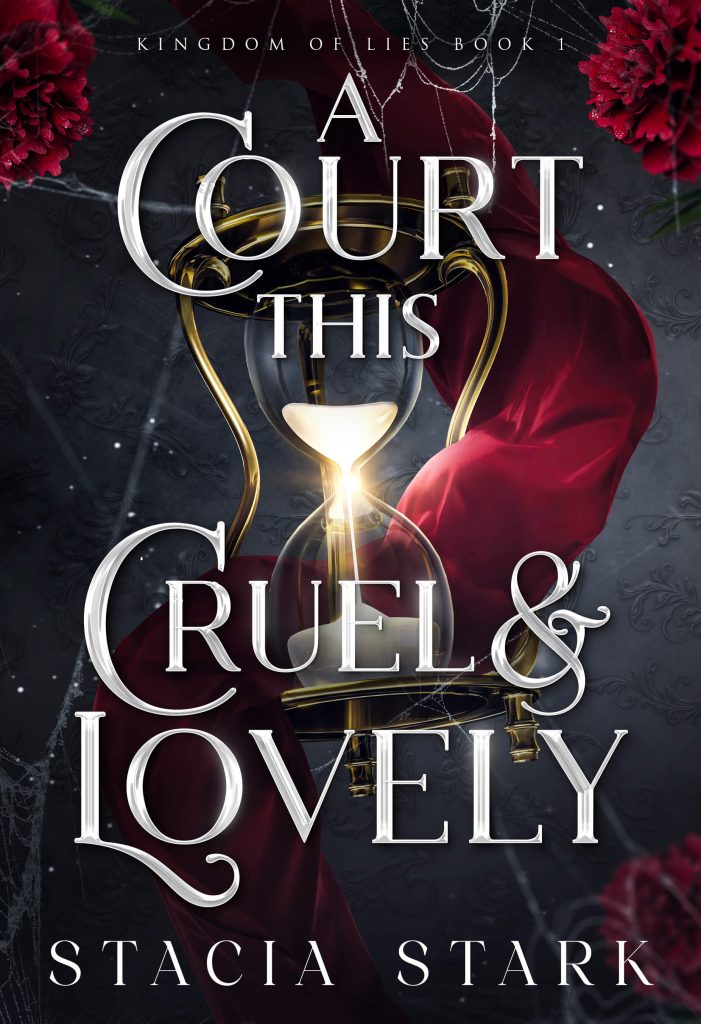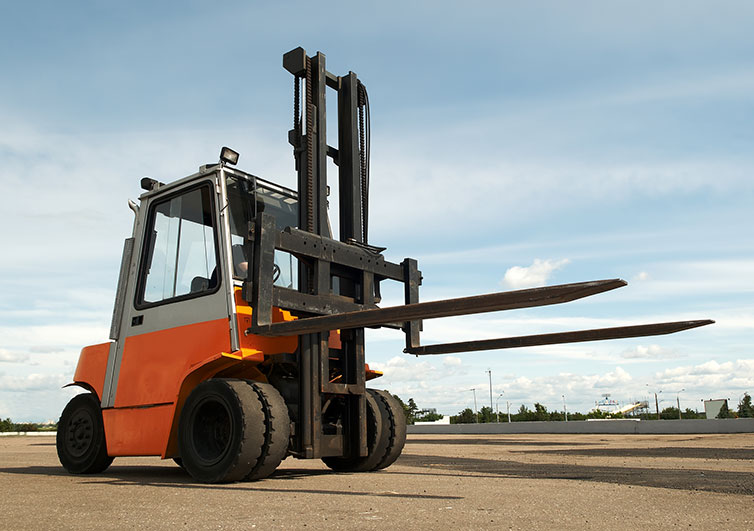The Rise of Mutant Merchandise: Revisiting the Golden Age of 90s Marvel X-Men Action Figures
The early 1990s witnessed an explosion of Marvel’s mutant heroes in toy aisles, fueled by the triple-threat success of X-Men: The Animated Series, record-breaking comic book sales, and Capcom’s arcade hits like X-Men vs. Street Fighter. ToyBiz, leveraging its 1990 license agreement with Marvel, became the era’s defining toymaker. Their inaugural 1991 X-Men series—featuring Storm, Wolverine, and Cyclops—ignited a collectibles frenzy. These 5-inch figures, packaged with character cards and vibrant comic-style art, prioritized playability over sculptural precision. Subsequent waves expanded the roster with deep cuts like Jubilee and Cable, while vehicles like the X-Jet and Sentinel playsets amplified imaginative battles. The line’s success cemented mutants as top toy properties, rivaling Ghostbusters and TMNT in cultural saturation. Meanwhile, McFarlane Toys elevated the aesthetic with hyper-detailed marvel statues, though its focus leaned toward Spider-Man and darker characters like Venom rather than core X-Men.
90s Marvel mutant collectibles lies in their foundational role for modern lines. ToyBiz’s 1991 Storm figure pioneered articulation and character-specific accessories that evolved into Hasbro’s revered Marvel Legends X-Men series. Vintage releases like the 1994 Iron Man/Blacklash two-pack are now unicorn toys, fetching premium prices among collectors. Contemporary lines honor this legacy: SH Figuarts’ Bengus-art-inspired Cyclops and Hasbro’s Marvel Legends Archangel (a Build-A-Figure grail) exemplify refined sculpting and dynamic posing absent in early figures. For investment potential or nostalgic play, these 90s icons—bridging ToyBiz’s grit and today’s Marvel Legends figures—remain unmatched.
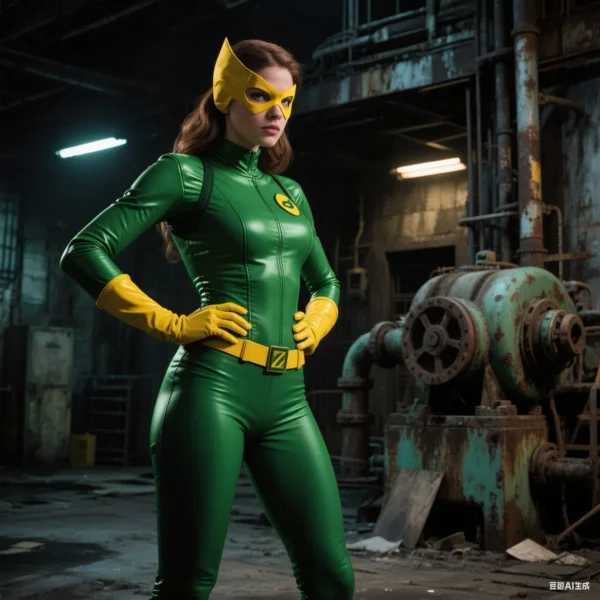
Iconic Series and Design Evolution
ToyBiz’s Uncanny X-Men (1991–1997): The flagship series blended cartoon aesthetics with comic detailing. Storm’s removable cape and lightning effects, and Cyclops’ optic-blast visor set standards for character-specific gear. Later waves introduced ball-jointed shoulders for “charging” poses, a radical upgrade from stiff early molds.
Fighting Game Crossovers: Inspired by X-Men: Children of the Atom and Marvel vs. Capcom*, figures like the 1995 “X-Men Projector” Cyclops replicated video game moves. This synergy persists today in SH Figuarts’ 2025 Cyclops, mirroring his “Mega Optic Blast” hyper combo.
Villains and Vehicles: Mega-scale Sentinels (1994) and the mutant-hunting “Terror Dart” motorcycle became centerpieces for battles, while Apocalypse’s transforming horse, **Destrier**, hinted at future unicorn toy-style mythical hybrids.
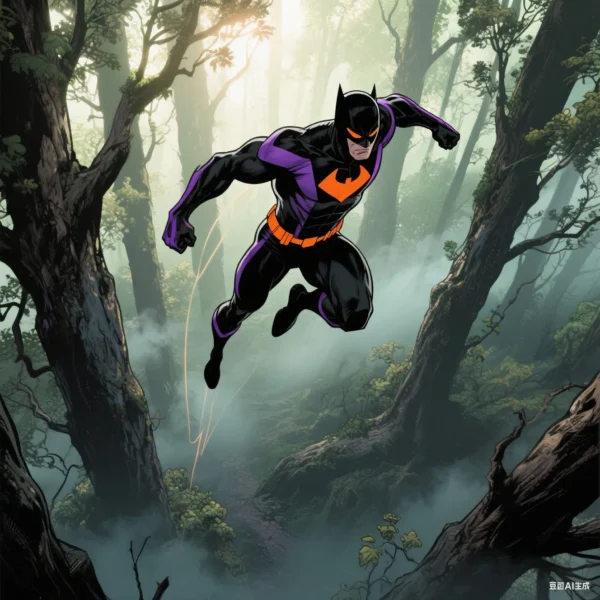
Legacy and Modern Revival
The 90s boom directly enabled Hasbro’s Marvel Legends takeover in the 2000s. Build-A-Figure (BAF) systems, like 2020’s “Monster Venom”, owe their DNA to ToyBiz’s multi-part Sentinel. Characters once deemed niche—like Archangel, now a coveted Marvel BAF figure—star in premium releases. Meanwhile, reissues of 90s molds (e.g., the 2021 “Retro” Storm) and Arc System Works’ 2025 Marvel Tōkon game prove the era’s enduring appeal.
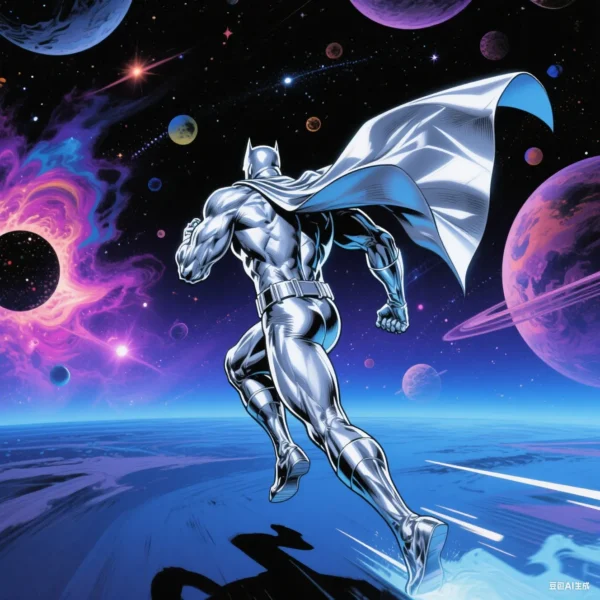
Conclusion: From Plaything to Priceless
Thirty years later, these toys embody nostalgia and innovation. What began as $10 shelf fillers are now unicorn toy grails, with carded figures like 1991 Storm commanding $100+. Yet beyond collectibility, they crystallize a moment when mutants conquered pop culture—a testament to design ingenuity that still shapes Marvel Legends figures and statues. As Bandai and Hasbro mine this golden age, the 90s’ plastic legacy looms larger than ever.

